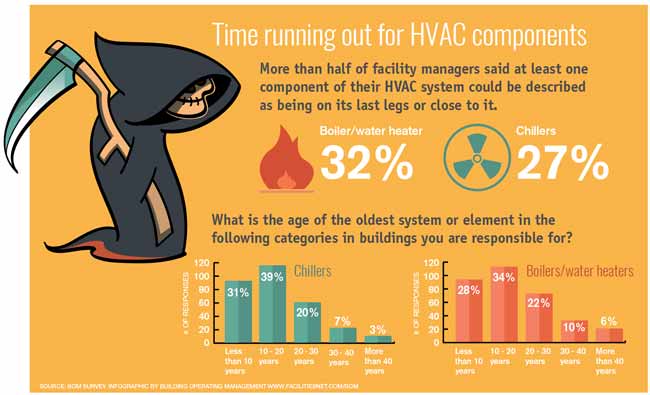The Ultimate Overview To Understanding Heat Pumps - Just How Do They Work?
The Ultimate Overview To Understanding Heat Pumps - Just How Do They Work?
Blog Article
Short Article Author-Hoppe Hemmingsen
The best heat pumps can save you significant amounts of cash on power expenses. They can additionally help in reducing greenhouse gas discharges, specifically if you use electricity in place of fossil fuels like gas and heating oil or electric-resistance heating systems.
Heatpump function very much the like air conditioners do. This makes them a practical option to conventional electrical home furnace.
How They Function
Heat pumps cool homes in the summer and, with a little assistance from electrical energy or gas, they give several of your home's home heating in the winter months. They're a good choice for individuals who wish to lower their use nonrenewable fuel sources yet aren't ready to replace their existing heating system and air conditioning system.
They depend on the physical fact that also in air that appears also cool, there's still energy present: cozy air is constantly moving, and it wishes to relocate into cooler, lower-pressure atmospheres like your home.
A lot of ENERGY celebrity accredited heat pumps operate at close to their heating or cooling capability throughout most of the year, decreasing on/off biking and saving energy. For the very best performance, concentrate on systems with a high SEER and HSPF rating.
The Compressor
The heart of the heat pump is the compressor, which is also known as an air compressor. This mechanical streaming tool makes use of prospective power from power development to increase the pressure of a gas by minimizing its quantity. It is various from a pump because it just works with gases and can not collaborate with fluids, as pumps do.
Climatic air enters the compressor through an inlet shutoff. It circumnavigates vane-mounted arms with self-adjusting size that separate the interior of the compressor, producing several tooth cavities of varying dimension. The blades's spin pressures these cavities to move in and out of phase with each other, pressing the air.
The compressor reels in the low-temperature, high-pressure cooling agent vapor from the evaporator and presses it right into the hot, pressurized state of a gas. This procedure is repeated as needed to supply home heating or cooling as needed. The compressor also includes a desuperheater coil that reuses the waste warm and adds superheat to the refrigerant, changing it from its fluid to vapor state.
The Evaporator
The evaporator in heatpump does the same thing as it performs in fridges and air conditioning unit, transforming fluid refrigerant right into an aeriform vapor that removes warmth from the area. Heat pump systems would certainly not work without this critical piece of equipment.
This part of the system lies inside your home or building in an indoor air trainer, which can be either a ducted or ductless device. It contains an evaporator coil and the compressor that compresses the low-pressure vapor from the evaporator to high pressure gas.
pop over here take in ambient heat from the air, and after that use electrical energy to move that heat to a home or service in heating setting. pop over to this web-site makes them a whole lot more power reliable than electric heating systems or heaters, and because they're using clean power from the grid (and not burning gas), they likewise generate far less emissions. https://dallasdpalx.bloggerchest.com/29224003/the-conclusive-guide-to-choosing-the-right-dimension-heat-pump-for-your-home 's why heatpump are such wonderful environmental choices. (And also a big reason they're becoming so popular.).
The Thermostat.
Heatpump are great alternatives for homes in chilly environments, and you can use them in combination with standard duct-based systems or perhaps go ductless. They're a great alternate to fossil fuel furnace or typical electric furnaces, and they're extra sustainable than oil, gas or nuclear a/c tools.
Your thermostat is the most essential component of your heat pump system, and it functions very in a different way than a traditional thermostat. All mechanical thermostats (all non-electronic ones) work by using compounds that transform size with increasing temperature, like coiled bimetallic strips or the expanding wax in an automobile radiator valve.
These strips contain two different types of metal, and they're bolted with each other to form a bridge that completes an electrical circuit connected to your a/c system. As the strip obtains warmer, one side of the bridge increases faster than the various other, which creates it to flex and signal that the heating system is needed. When the heatpump is in home heating setting, the turning around shutoff turns around the circulation of cooling agent, to make sure that the outdoors coil now operates as an evaporator and the indoor cylinder ends up being a condenser.